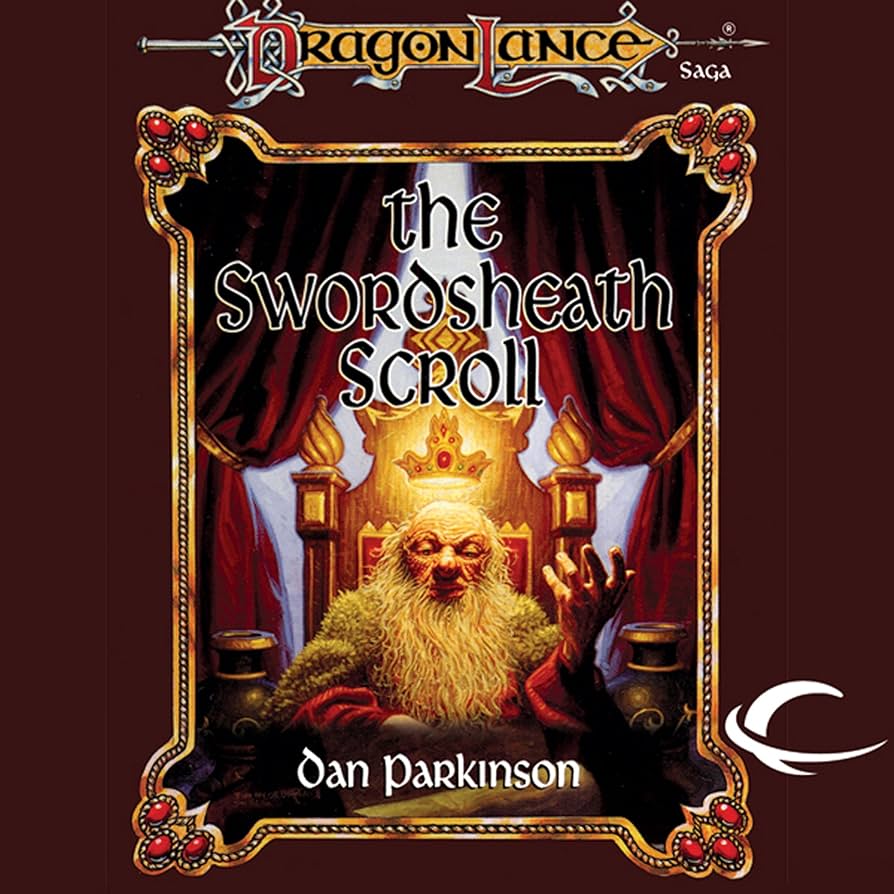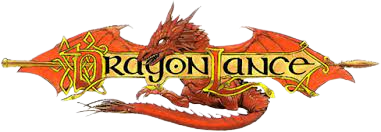The Swordsheath Scroll

Table of Contents
ToggleOverview
The Swordsheath Scroll is the final volume in the Dwarven Nations Trilogy, bringing the saga of Thorbardin’s foundation to a poignant and powerful close. This novel chronicles the last steps in the long and tumultuous journey toward unity among the dwarven clans—and the costs that come with peace forged in blood and stone.
This is a story about promises, oaths, and the fragile paper they’re written on. As old wounds fester and new challenges arise, the dwarves must choose between falling back into ancestral feuds or committing to the vision they dared to dream generations earlier.
Main Character: Stanach Fireforge
Now an established figure within Thorbardin, Stanach has matured into a principled leader and unifying presence.
As tensions rise over the future of dwarven governance and the legitimacy of the fragile alliance, Stanach becomes a voice for reason, cooperation, and long-term vision.
His loyalty to his people is tested as he navigates political treachery, external threats, and growing personal doubts.
Supporting Characters
Rance – Once a radical voice in Covenant of the Forge, Rance now emerges as a more insidious and influential political figure, pushing for a return to clan isolationism and traditional dominance.
Cerise – Stanach’s closest confidant and partner, Cerise’s unwavering support and shrewd insights continue to shape his leadership. She becomes increasingly vital as dissent brews.
The Thanes of Thorbardin – The council remains a fractured body, each Thane wary of the others’ ambitions. The challenge of true unity remains unresolved.
Distant Envoys – Delegates from outside Thorbardin begin appearing, signaling the dwarf kingdom’s growing place in wider Krynn politics—and the new dangers that come with it.
Setting
The novel is firmly rooted in Thorbardin, but expands outward thematically and politically. The city-mountain is now more complete, but its structural grandeur belies internal instability.
Cavernous halls, sacred vaults, and political arenas become battlegrounds for ideology rather than swords. The physical space is rich with symbolism: vast and interconnected, yet threatened by hidden fissures.
This is a setting of consequence—every whispered conversation and echoing footstep carries the weight of history.
Plot Summary
Shadows on the Stone
As Thorbardin begins to establish itself as a true dwarven kingdom, divisions once temporarily bridged begin to reassert themselves. The various dwarven factions grow restless, doubting whether unity can last.
Stanach, now a respected leader, tries to broker understanding between factions. But when an ancient document—the titular Swordsheath Scroll – resurfaces, its contested interpretation threatens to unravel everything.
The scroll is said to hold the key to a permanent peace among the clans, but its vague language and mysterious origins spark disagreement. Is it a prophetic guide, a binding contract, or a fraud?
Echoes of the Past
As debate over the scroll intensifies, political unrest grows. Rance, exploiting fear and traditionalism, rallies support for unilateral rule under his faction. Sabotage and assassination attempts stir chaos.
Stanach and Cerise uncover clues pointing to the scroll’s true origin—and a deeper conspiracy to weaponize its contents. Their quest leads them through ancient dwarven libraries, abandoned forges, and memory-haunted catacombs.
An Oath Forged Anew
In a climactic council meeting, the dwarves teeter on the brink of civil war. Stanach delivers an impassioned speech not just about the scroll, but about the soul of Thorbardin itself.
He urges the clans to see the scroll not as a law but as a symbol—a call to trust, not obedience. In a rare moment of unity, the Thanes agree to reaffirm the alliance, forging a new covenant rooted in choice, not fear.
The scroll is returned to its vault, not as a weapon, but as a reminder of what must always be earned.
Themes
Interpretation and Truth – The Swordsheath Scroll represents how history and meaning can be distorted depending on who holds the power to define them.
Legacy and Intention – The novel asks whether the intent behind a document or law is more important than its literal text.
Sacrifice and Statesmanship – Stanach embodies the idea that peace is not achieved through dominance, but through relentless, principled diplomacy.
Unity through Trust – The story reaffirms that true unity isn’t enforced—it’s chosen, and maintained by mutual effort.
Tone & Style
The Swordsheath Scroll is philosophical and political in tone, with high emotional stakes tied more to words and ideology than to battle. Its pacing is deliberate, building tension through debates, discoveries, and revelations.
The prose carries a weighty solemnity, appropriate to the historical importance of the events. Still, moments of warmth and wit from characters like Cerise ground the narrative in real emotion.
Reception
The Swordsheath Scroll is praised for:
Bringing the Dwarven Nations Trilogy to a satisfying and meaningful conclusion.
Elevating dwarven lore to mythic and political significance.
A mature, morally complex resolution to a story about identity and nation-building.
Some critiques:
Readers expecting more physical action may find the novel slow.
The political maneuvering can feel dense without close attention.
Final Thoughts
The Swordsheath Scroll is a profound and fitting finale to the Dwarven Nations Trilogy. It transforms the act of writing into an act of nation-shaping, and reminds us that the hardest battles are often fought in words, not war.
Stanach Fireforge stands as a testament to the belief that diplomacy, integrity, and resilience can be heroic too. In the shadows of ancient halls and with the weight of generations on his shoulders, he helps turn a fragile alliance into a living nation.
Recommended for:
Fans of politically driven fantasy and mythic worldbuilding.
Readers of Hammer and Axe and Covenant of the Forge seeking emotional closure.
Anyone who believes that peace must be fought for just as fiercely as war.
